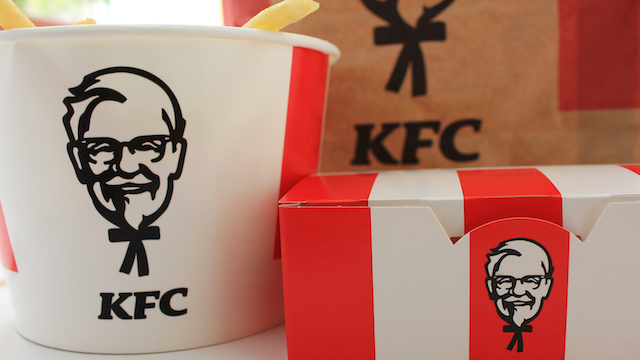Yum China emerged from the first quarter in profit despite the disruptive effects of the Covid-19 pandemic on sales and operations.
While revenue was down 24 per cent for the operator of KFC, Pizza Hut in Mainland China, and several local restaurant chains, the company reported an operating profit of US$97 million. That was achieved even after extending support to staff and franchisees, whose income was affected by store closures during the pandemic. Total sales were $1.75 billion, down from $2.3 billion.
“This achievement under extraordinary circumstances is a testament to our resilient and flexible business model,” said Yum China CEO Joey Wat. “Weathering this storm of all storms gives us great confidence in our ability to thrive in the years ahead by serving our employees, customers, and shareholders.”
Yum China opened 179 new stores during the March quarter – mostly prior to Lunar New Year – extending its store count to 9295 across more than 1400 cities.
During the Covid-19 crisis, the company began temporarily closing stores in late January, working within the guidelines of respective local city authorities. Some 35 per cent of stores were closed by mid-February at the peak of the outbreak, with significant regional differences. As of last week about 99 per cent of its stores have either partially or fully reopened.
Same-store sales declined in restaurants which remained open, due to reduced operating hours and falling customer numbers. Many of the stores provided only delivery or takeaway services.
During the first three weeks of January – prior to the pandemic taking hold – the company experienced strong trading across its network. But then same-store sales declined by 40-50 per cent compared with last year’s Lunar New Year holiday turnover. By late March, same-store sales had recovered somewhat, down by about 20 per cent. Delivery sales accounted for 35 per cent of total sales throughout the quarter, almost double the share of a year earlier.
The company said sales during April – the early weeks of the second quarter – were down by more than 10 per cent on a same-store basis.
The reason Yum China performed so well during the quarter was a mixture of cost control, landlord support, assistance from government agencies and improved labour productivity, which mitigated lower sales and increased expenses due to contactless delivery and increased delivery costs.
By channel, Pizza Hut was affected more than KFC, with sales down 38 per cent, compared to 15 per cent (excluding foreign-exchange adjustments).
Yum China’s net income declined 72 per cent from $222 million to $62 million, primarily due to the reduced operating profit and losses in an equity investment in Meituan Dianping.
Wat said the company relied on its “culture of innovation” to protect stakeholders and support the business during the pandemic-related lockdown.
“Most importantly, we quickly implemented a safe way to reach our customers through highly sanitary contactless delivery and contactless takeaway. Our digital infrastructure enabled us to stay nimble and communicate quickly with customers and employees online and through mobile technology. We were able to inform our members about compelling offers through our apps, while efficiently adjusting labour hours based on rapidly changing traffic and sales patterns,” he said.
CFO Andy Yeung said that while the situation in China is gradually stabilising, the company remains cautious as restaurant traffic is still below pre-outbreak levels.
“We expect an extended recovery period, and that the pace will be uneven across regions, day parts and segments. On the other hand, global infections continue to rise. It remains difficult to predict the full impact of the pandemic on the broader economy and how consumer behaviour may change.”






